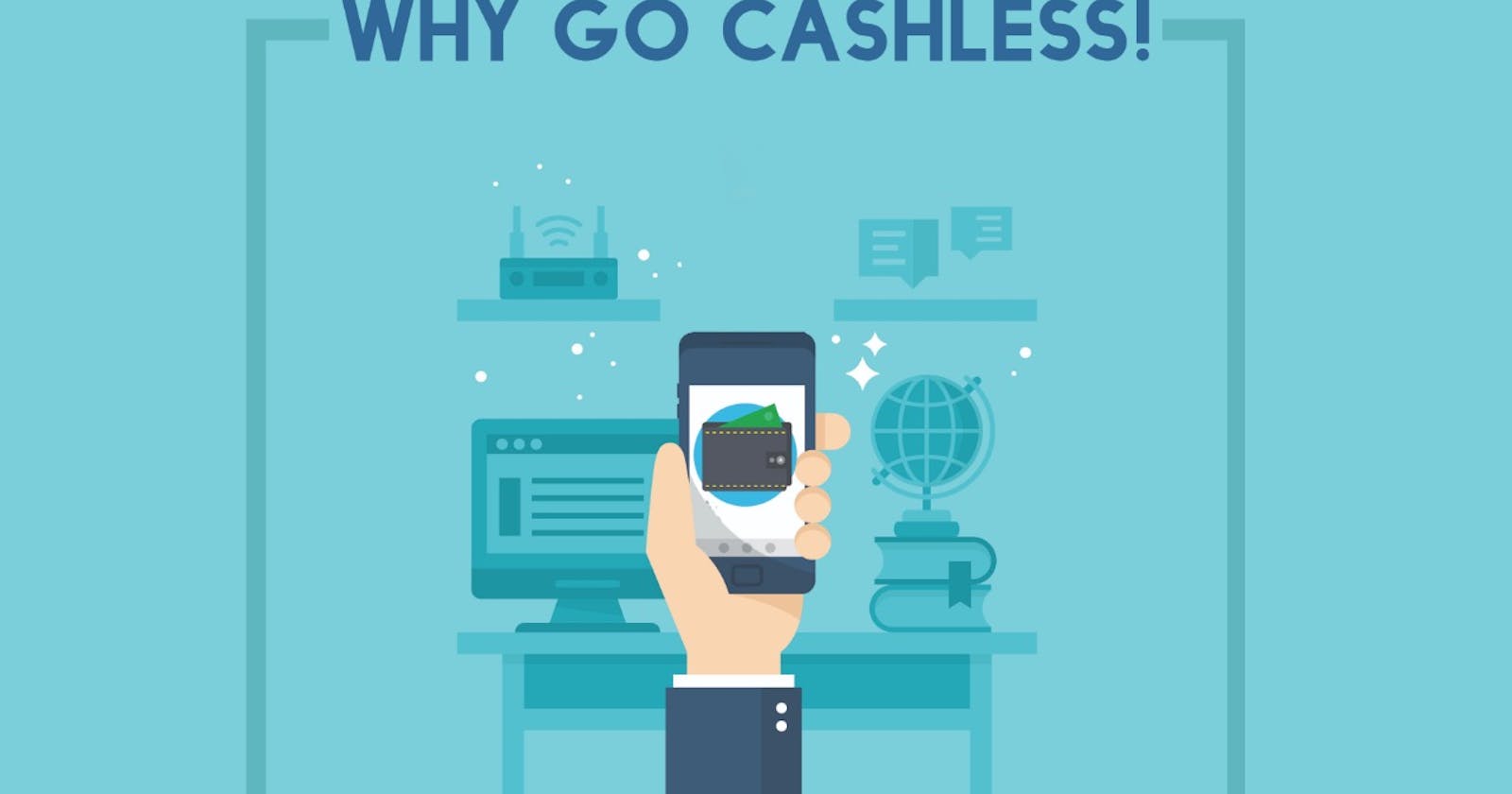GoCashless#Blog-01#Intro - bKash- Builds-a-payments system for the future
Facebook experience with bKash Debug from a System Architect's Point of View
bKash: Builds-a-payments system for the future

Kamal Quadir has transformed financial services for the poor in Bangladesh with bKash. The mobile payments system is shaping up to be a great success story. Here’s how a child of independence put it together.
We are having a Facebook experience sitting here in Bangladesh - Kamal Quadir
With a few clicks, bKash can drill down on any of his country’s 562 administrative divisions, districts and upazilas, or sub-districts, to assess and analyze real-time economic activity in any given area, even down to street level.
Rohingya refugees escaping Myanmar - Can bKash Detect it?
Suppose, a data hotspot were to suddenly expand along the Cox’s Bazar-Teknaf highway in the remote south, that might suggest more Rohingya refugees escaping Myanmar, Quadir says, as members of aid convoys, using bKash, arrive to provide relief.

Can bKash trace a bet in Sports ?
If a data blob were to pulse around the Sher-e-Bangla stadium in Dhaka while the Bangladesh Tigers, the national cricket team, were playing the visiting Sri Lankans in a Test series, it might indicate that bKash users in the crowd are settling bets.
So, with bKash the amount of information being generated is stunning.
i.e. When a national holiday or cultural celebration is looming because bKash sees transaction spikes in the system as Bangladeshis exchange and pay for gifts.
All bKash servers (though those are having intense user demand), are all hosted within the country by order of the central bank.
“And each transaction,” “has to work. If a transaction is a few takas (equivalent to a few cents) less than it is supposed to be, we will soon know about it from a customer.” - Quadir
bKash is on SOA !!!
“The difference between the person doing the transaction in the US to one here is the amount,” says Quadir. “There they might do a $10,000 transaction, here it might be 10,000 taka. But to the digital system’s mind, to the server, to the technology, it doesn’t matter.”
What I will Cover in Go-Cashless Blog Series
As a Solution Architect, Under this Blog Series I am going cover the followings:
- A thorough understanding of different architectures, their similarities and differences (i.e. SOA vs Micro Service Architecture),
- Middle-ware and transaction processing units
- Best fit scenario for SOA and MicroService Architecture
- New trends to deal with API Gateway requests using FaaS (AWS Lambda),
- How to deal with concurrency during peak hours along with massive cache management and without being throttled
- What would you do if sudden service/function causing trouble for rest during a rush
- and many more.


